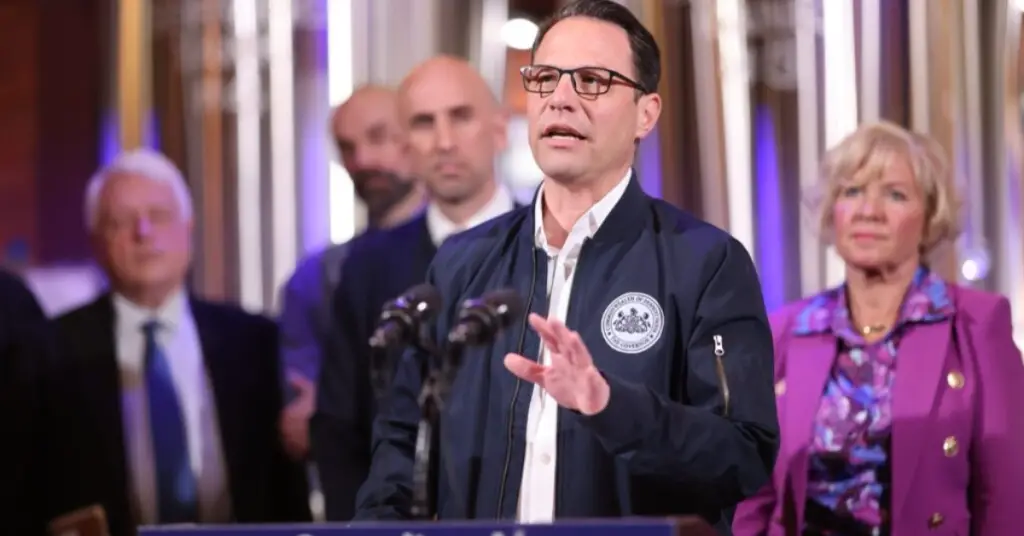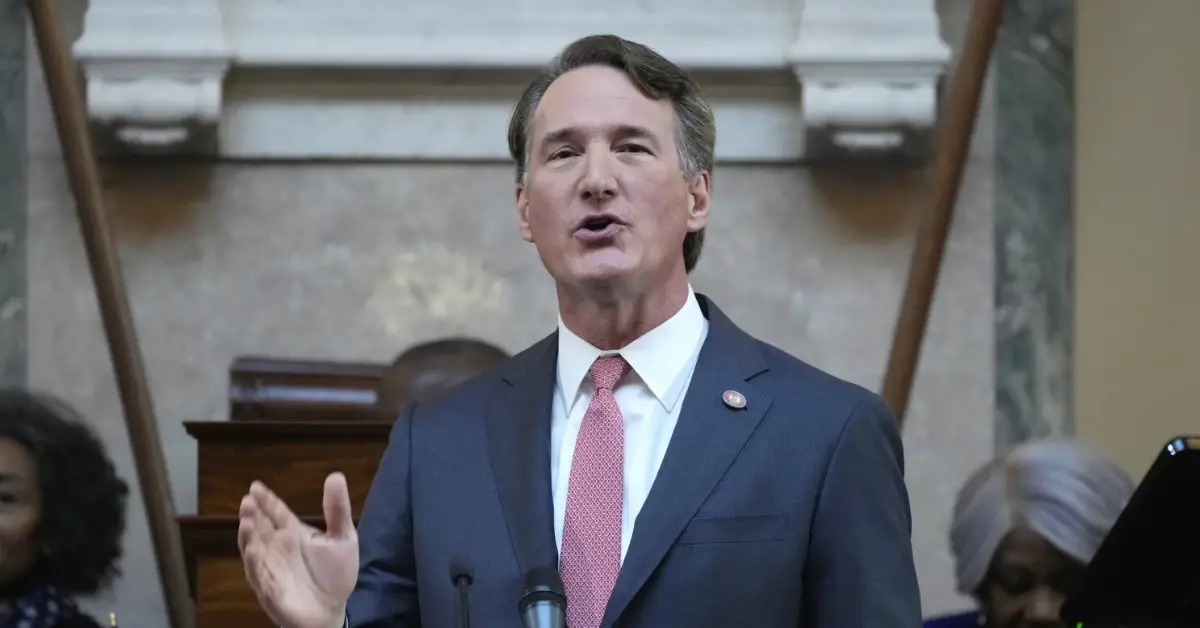In a dramatic political event in Virginia, the Democrats recently faced a significant setback when they failed to override Governor Glenn Youngkin’s vetoes. This vote, though largely symbolic, has highlighted the ongoing political tensions between the Republican governor and the Democratic-controlled Virginia legislature.
The Democrats had hoped to overturn several of Youngkin’s vetoes on key pieces of legislation. However, despite their best efforts, they could not gather enough support to break the vetoes. The showdown left both sides reflecting on what the outcome means for Virginia’s future.
Background of the Vetoes
The legislation that Governor Youngkin vetoed was mainly focused on policies regarding education, health, and environmental regulations. These issues had been central to the legislative session, and there were strong opinions on both sides of the political spectrum.
For the Democrats, these vetoes represented a major blow to the policies they had been pushing throughout the session. On the other hand, Youngkin argued that many of the policies would have been detrimental to the state’s economy and way of life. The vetoes he issued were part of his broader strategy to ensure that Virginia’s policies remained in line with his vision for the state.
The Veto Override Attempt
When a governor vetoes a bill, the legislature has the option to override it with a two-thirds majority vote. This is a significant power that allows lawmakers to challenge the governor’s decisions. In this case, Democrats hoped to gather enough support from their ranks, as well as some Republican votes, to override Youngkin’s vetoes.

However, the Democrats fell short of the required votes. Despite strong lobbying and public pressure from their supporters, they could not break the vetoes. The failure to override the vetoes has sparked discussions about the future direction of Virginia’s political landscape.
The Symbolic Nature of the Vote
While the vote to override the vetoes was important, it was largely seen as symbolic. The veto override did not result in any immediate policy changes, but it did serve to highlight the stark divisions within Virginia’s political environment. The outcome of the vote shows that even with a Democratic majority in the legislature, it can still be difficult to push through major changes when facing opposition from the governor.
The symbolic nature of the vote also points to the challenges that Democrats in Virginia are facing. They have struggled to gain significant ground against Youngkin, who has maintained strong approval ratings among many Virginians. The governor’s ability to retain control over key pieces of legislation, despite the Democratic majority in the state legislature, is a testament to his political skill and the support he has built within his party and among conservative voters.
Political Implications
The failed override of Youngkin’s vetoes could have long-term implications for the political climate in Virginia. With the state preparing for upcoming elections, including the gubernatorial race in 2025, this incident highlights the ongoing battle for political control. For Democrats, the failure is a reminder of the importance of maintaining unity within the party and rallying public support to overcome opposition.
For Youngkin, the successful defense of his vetoes strengthens his position as a leader who is willing to stand firm against Democratic policies. His ability to push back against the legislature’s agenda boosts his credibility with conservative voters and enhances his influence within the state’s Republican Party.
Looking Ahead
With Virginia’s political landscape in flux, the fight over policy and control is far from over. The failed veto override is just one chapter in an ongoing struggle for influence between Democrats and Republicans in the state. As both parties prepare for the next round of elections, the lessons learned from this event could play a critical role in shaping future campaigns and policy decisions.
For now, Governor Youngkin has successfully fended off Democratic challenges to his vetoes, but the underlying tensions between the parties continue to simmer. How these tensions will manifest in future legislative sessions and elections remains to be seen, but this latest political showdown has certainly set the stage for more battles ahead.
Conclusion
In the end, the Democrats’ inability to override Governor Youngkin’s vetoes serves as a reminder of the complexities and challenges of modern politics. It highlights the ongoing political polarization in Virginia and the strategic maneuvering required to gain legislative victories. With tensions between the governor and the Democratic legislature at an all-time high, the political landscape in Virginia is expected to remain contentious and unpredictable in the months and years to come.
Disclaimer: This article has been meticulously fact-checked by our team to ensure accuracy and uphold transparency. We strive to deliver trustworthy and dependable content to our readers.




